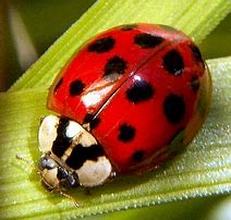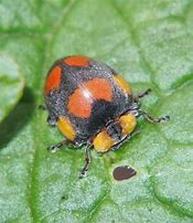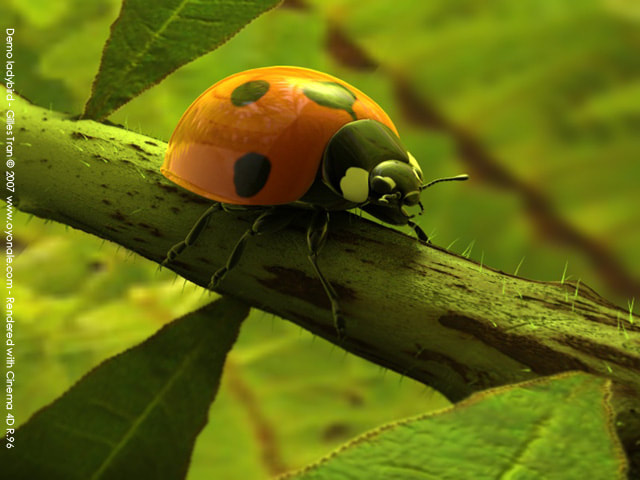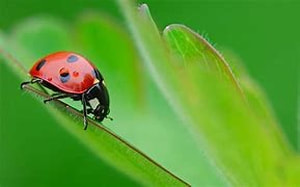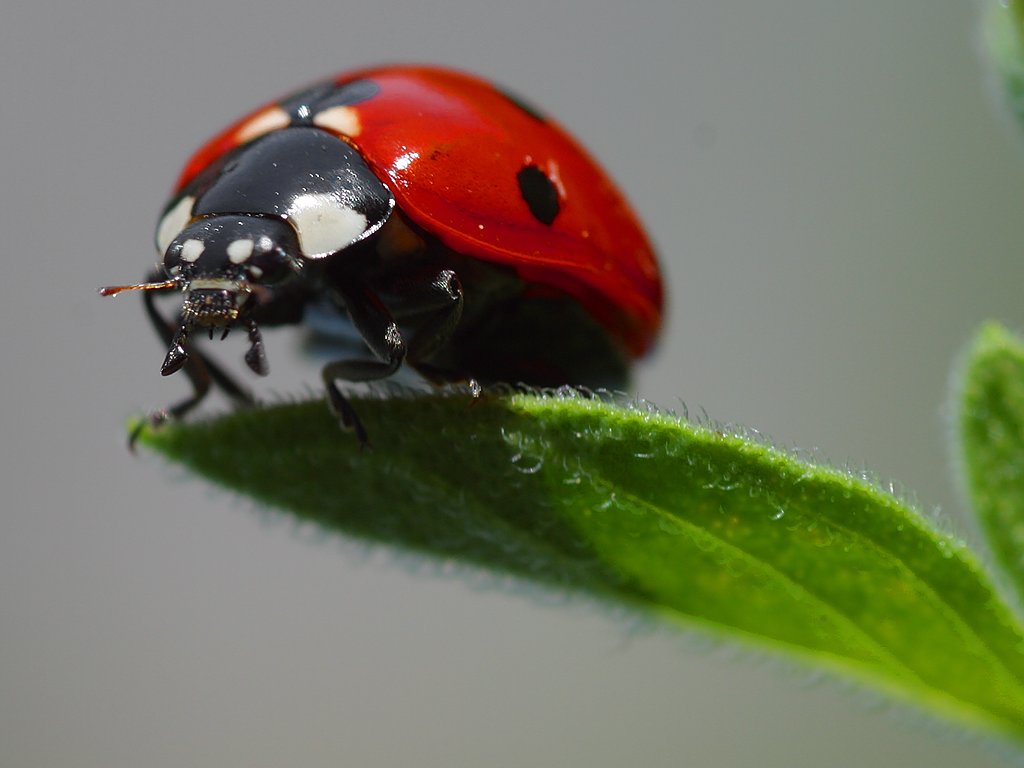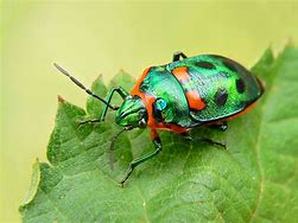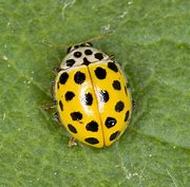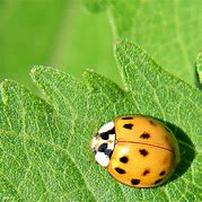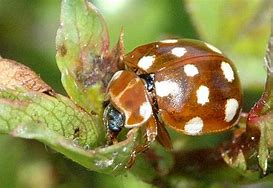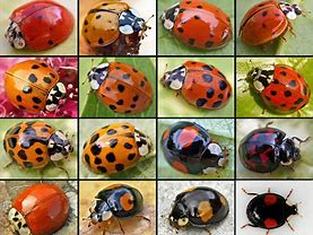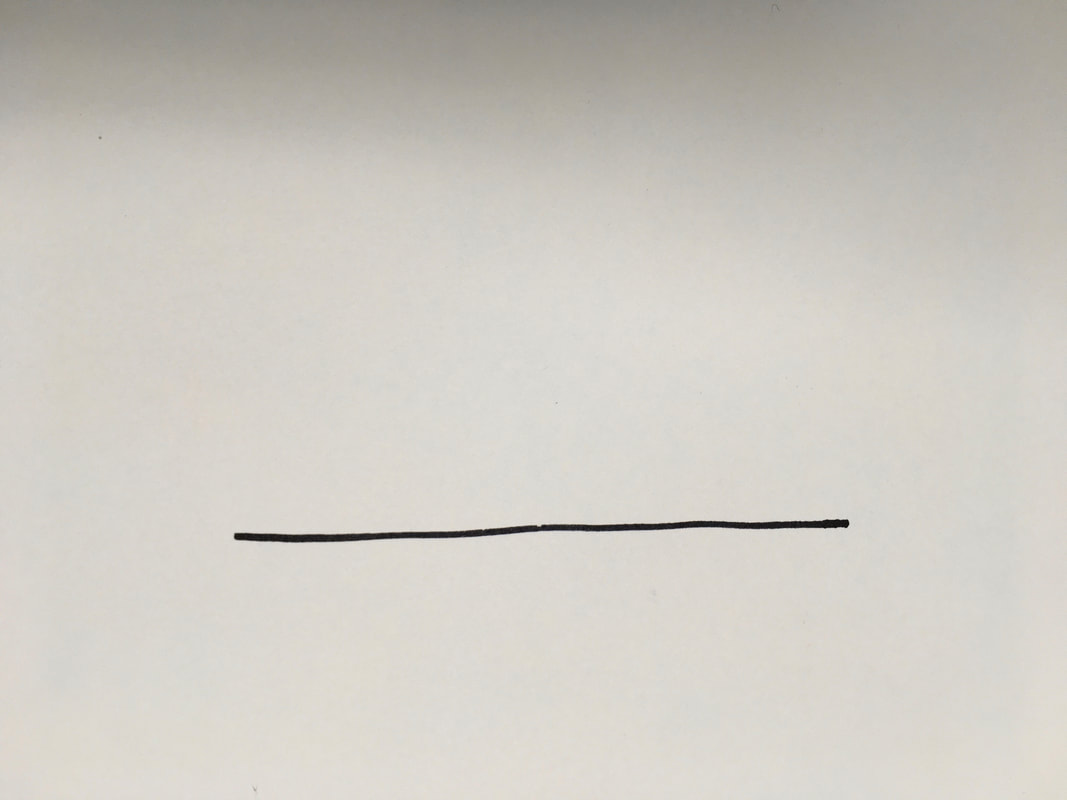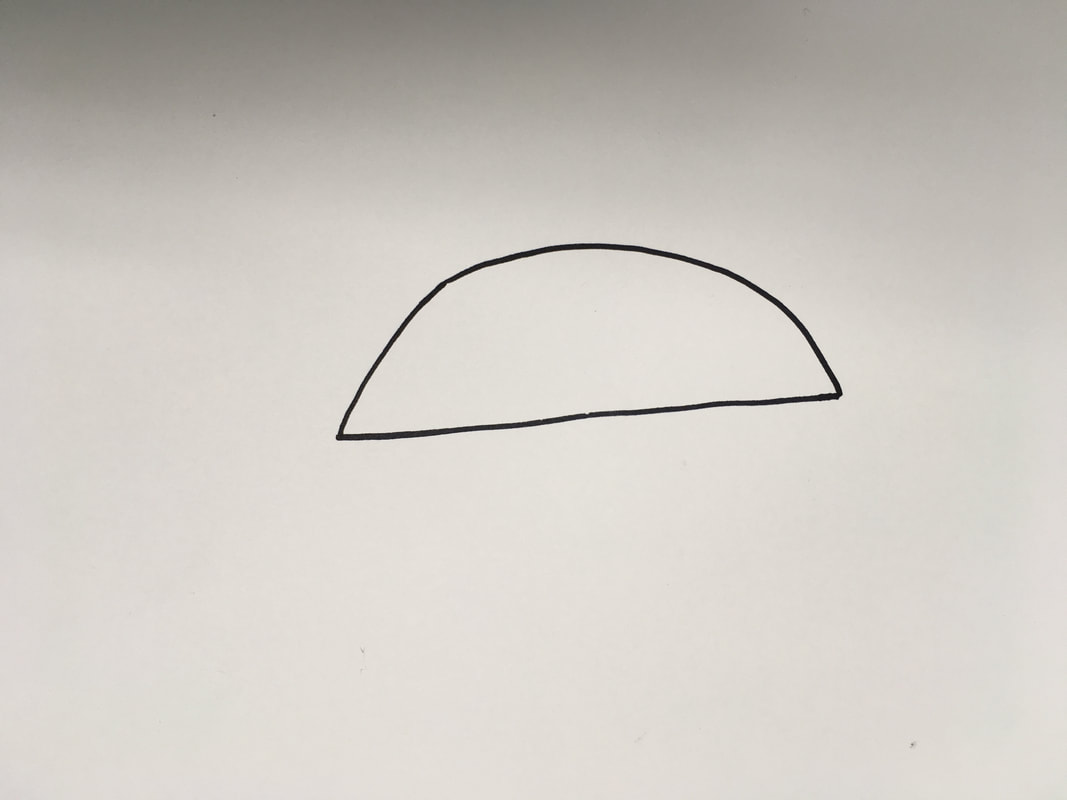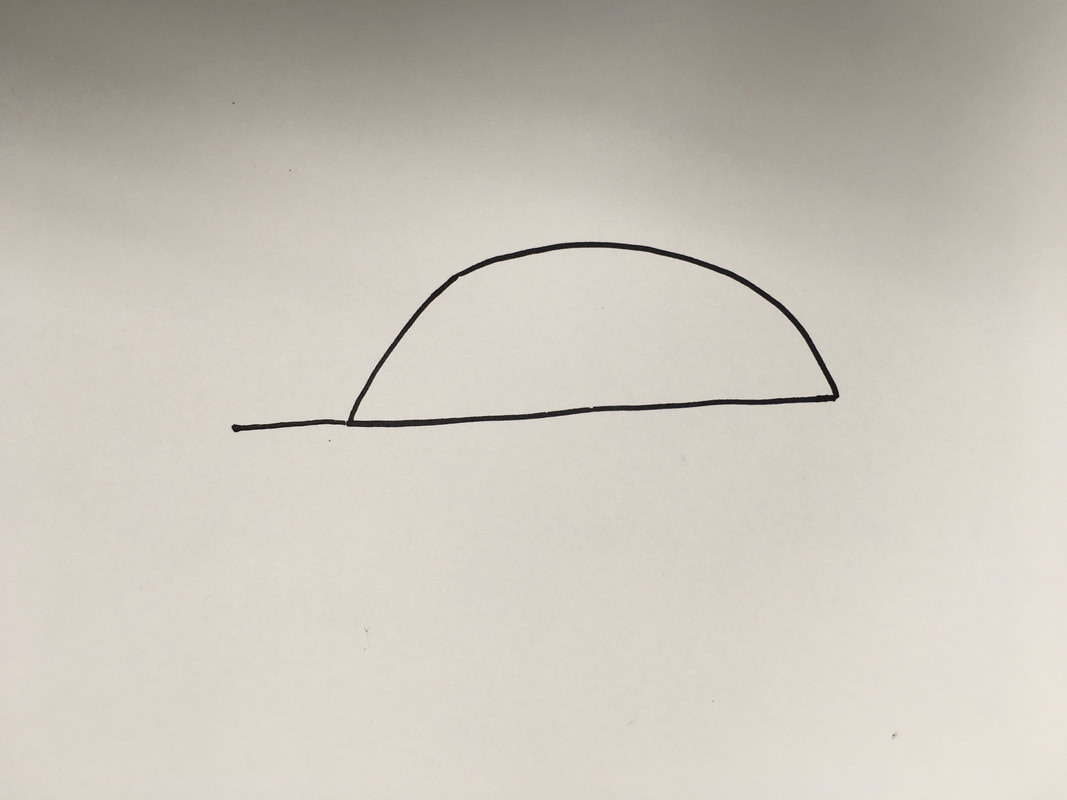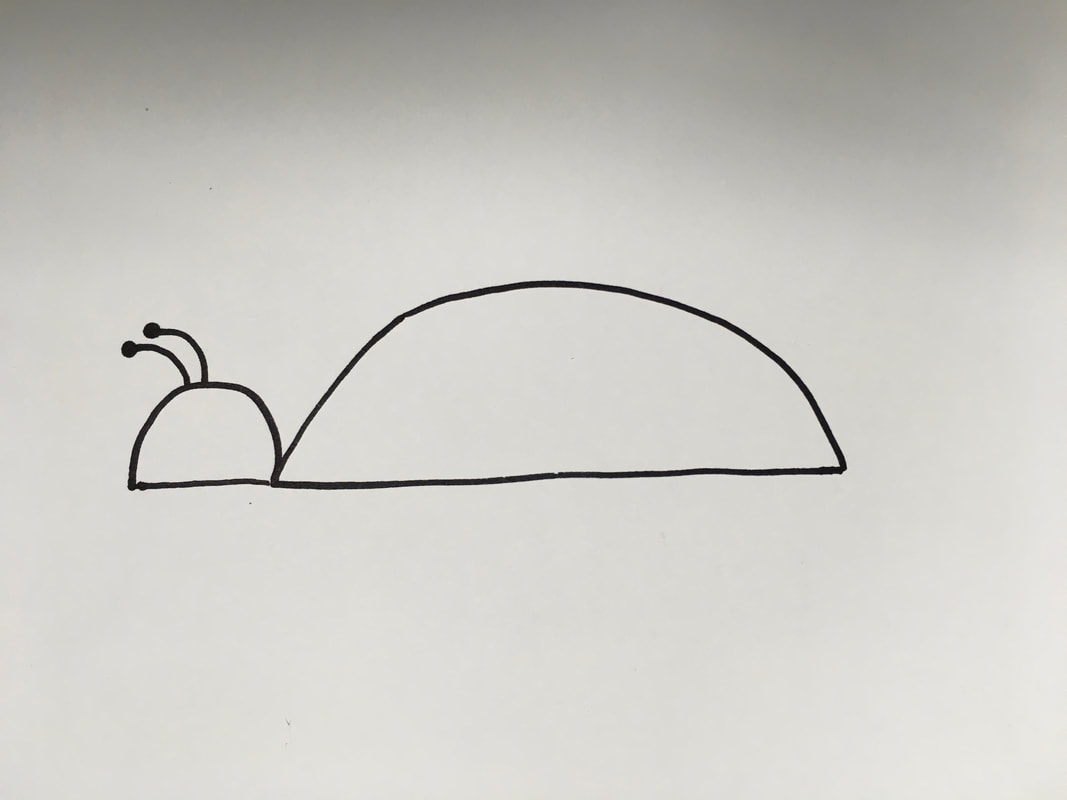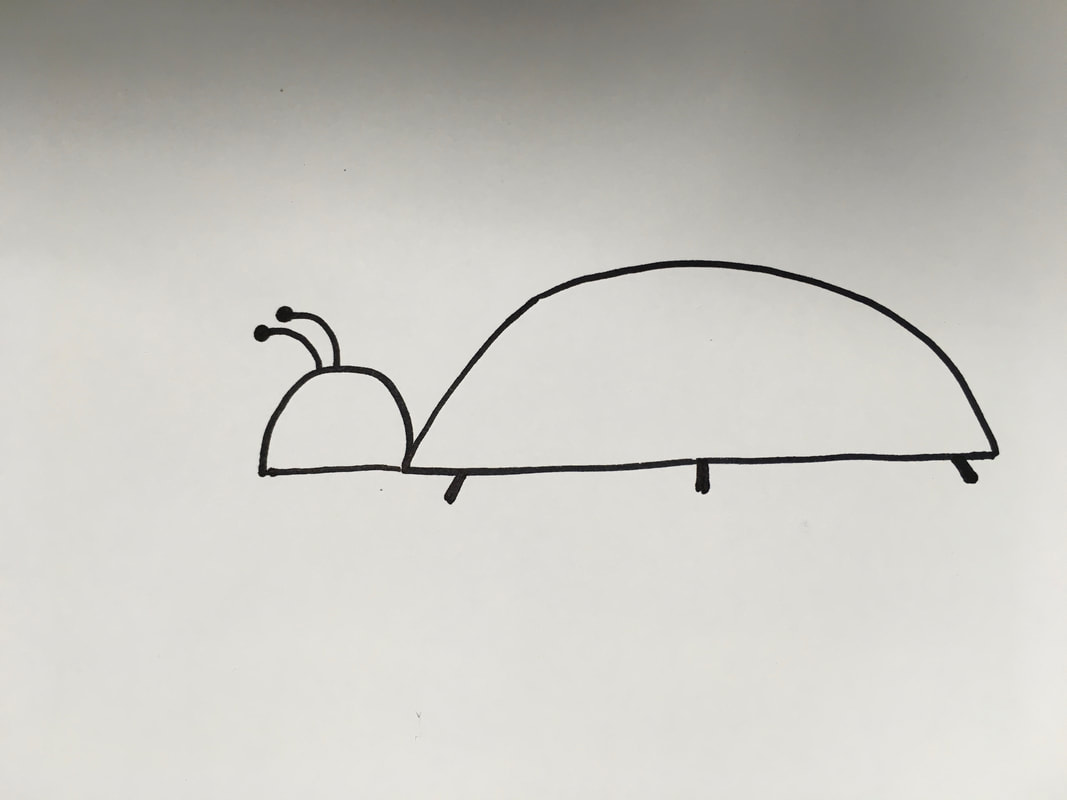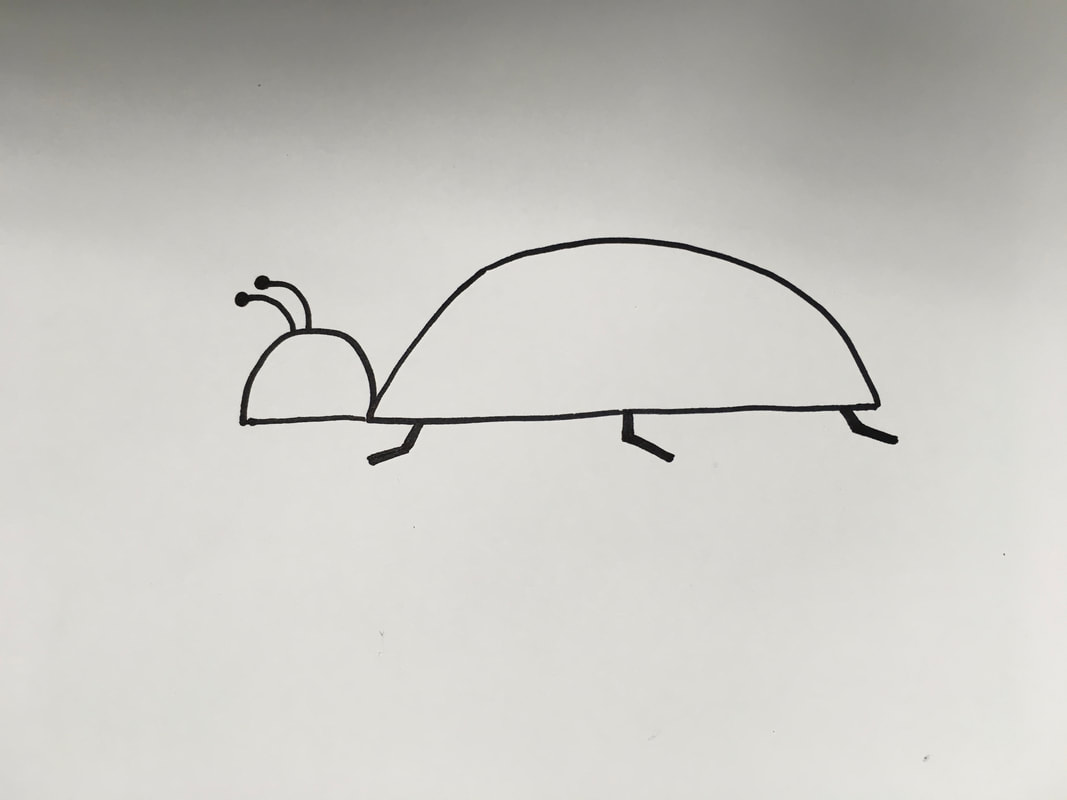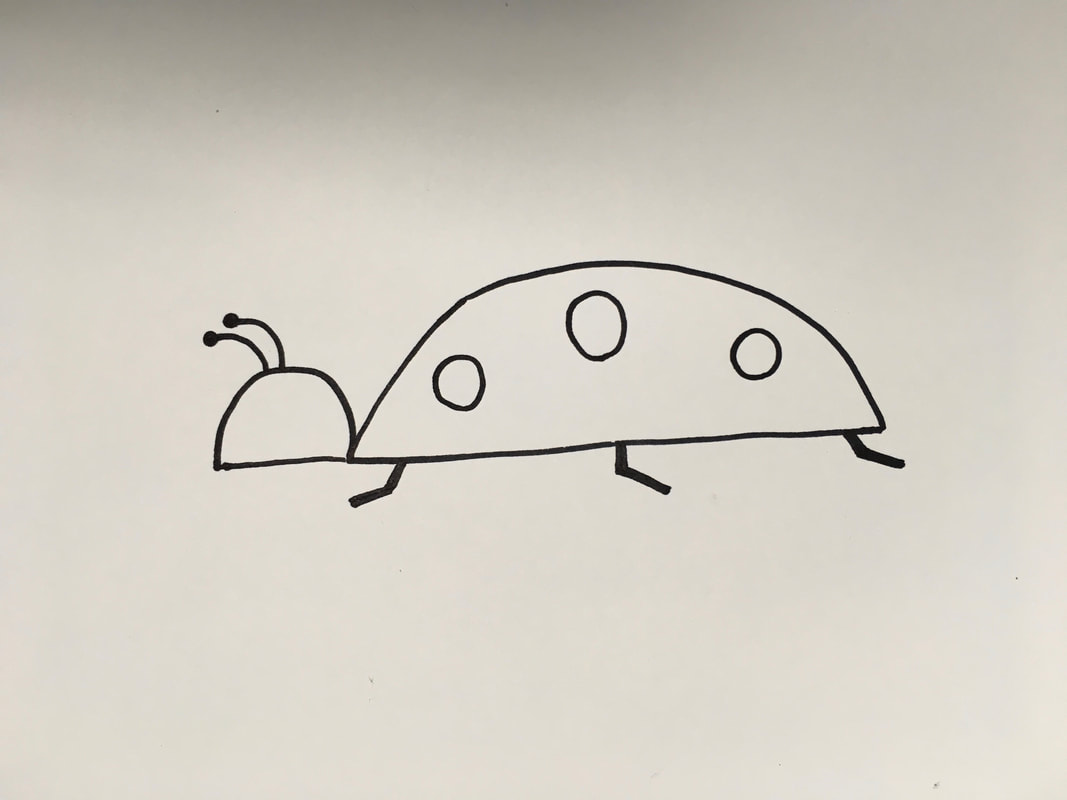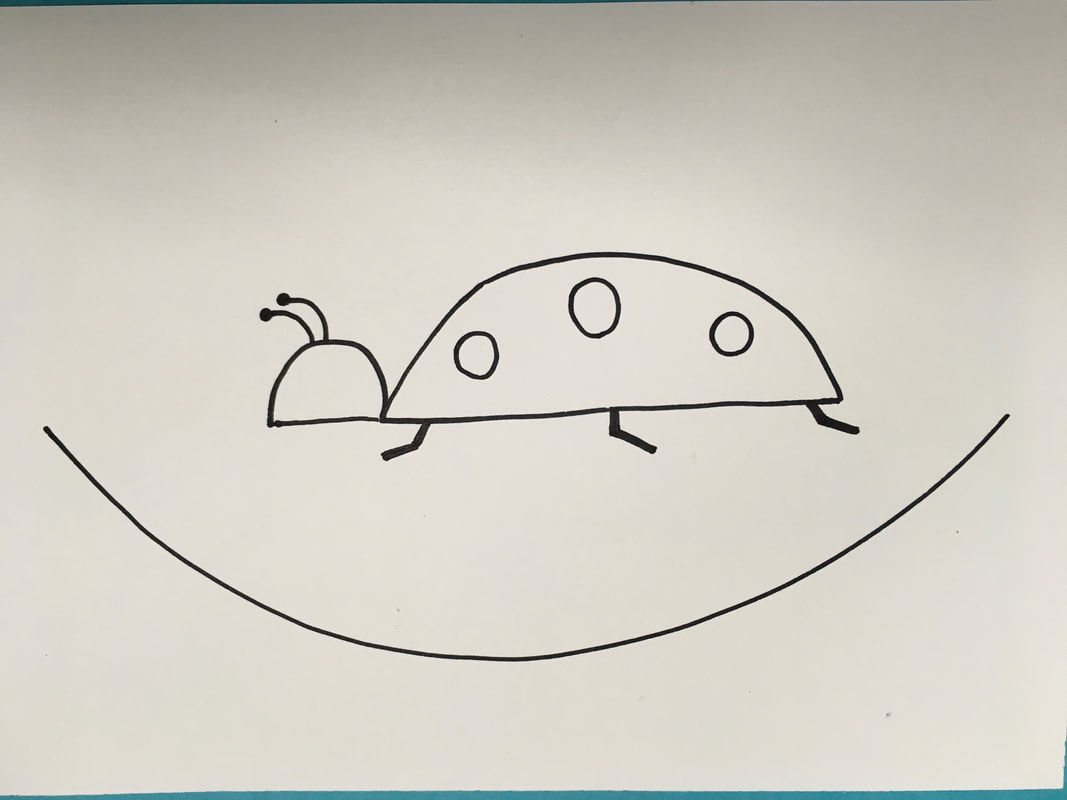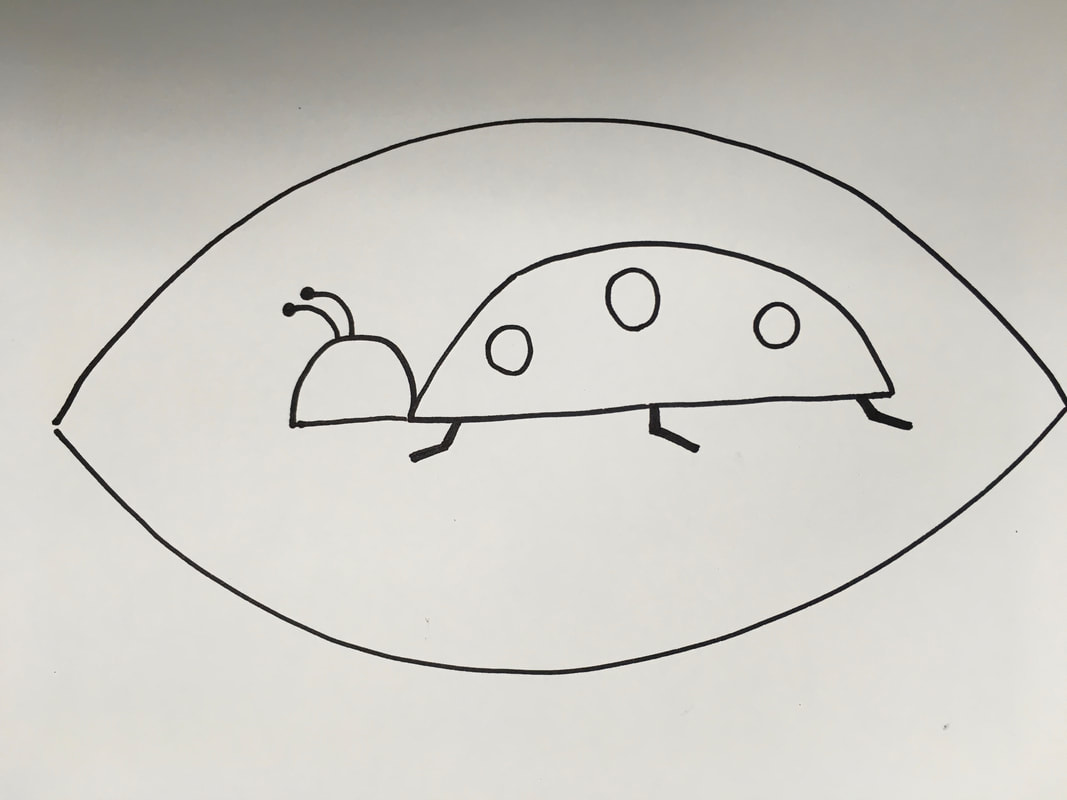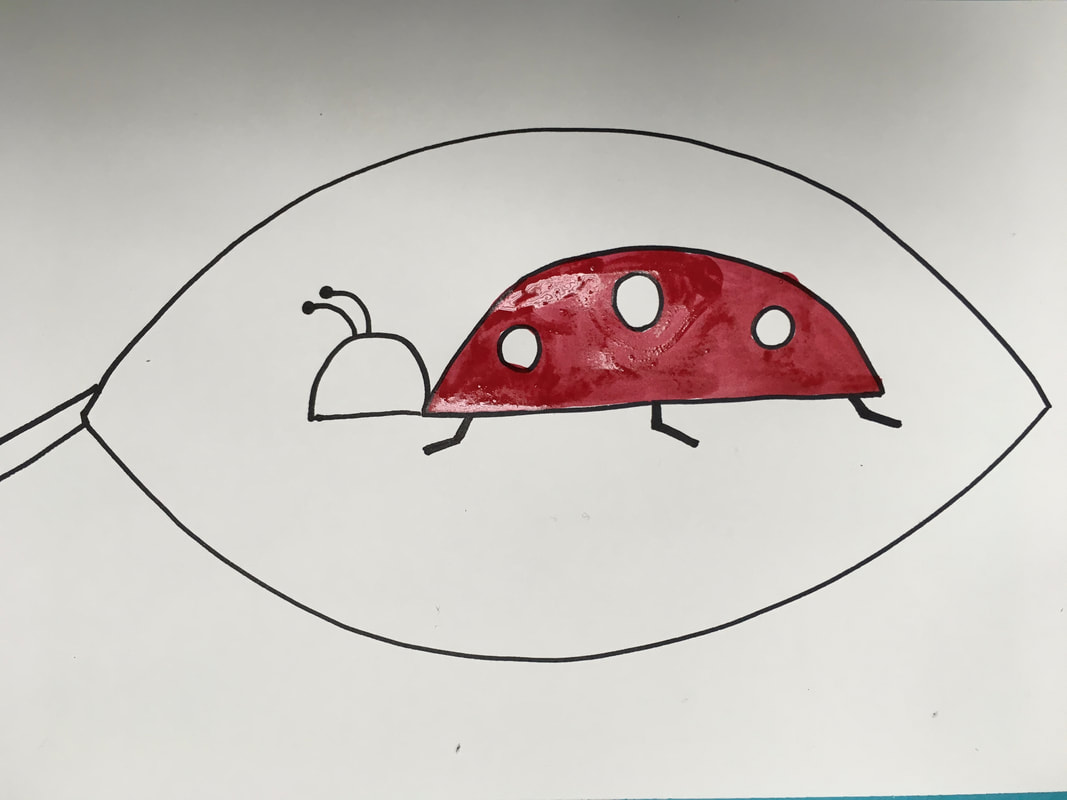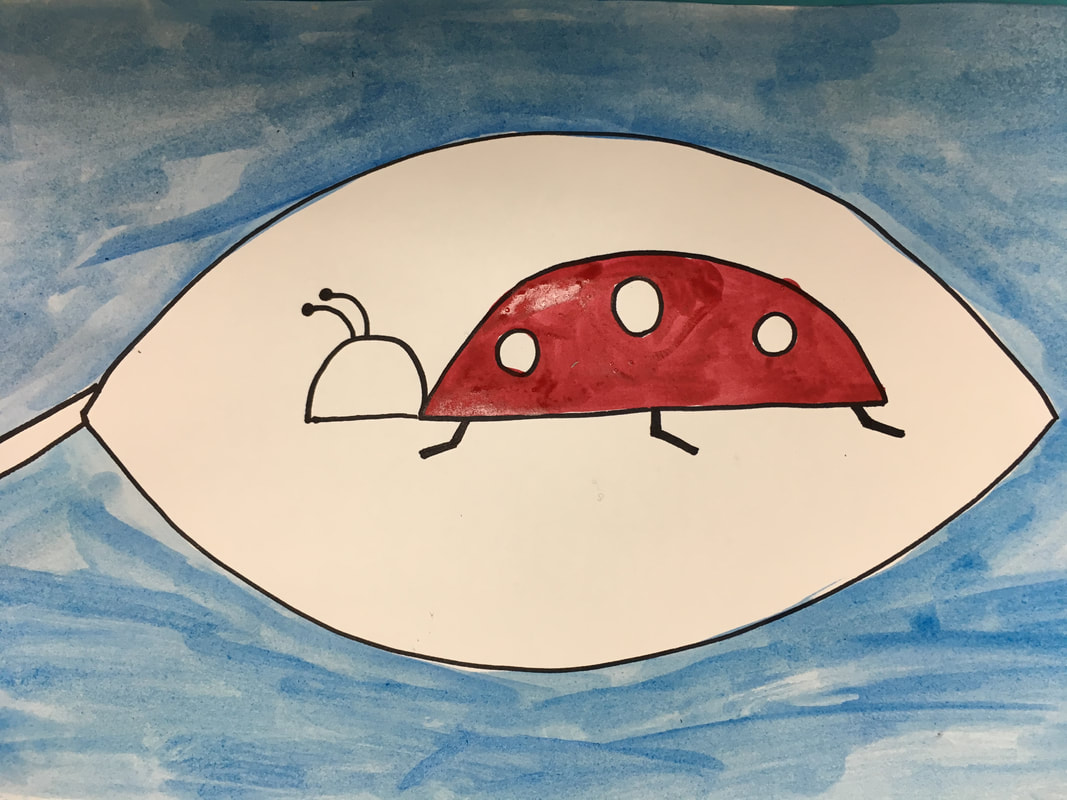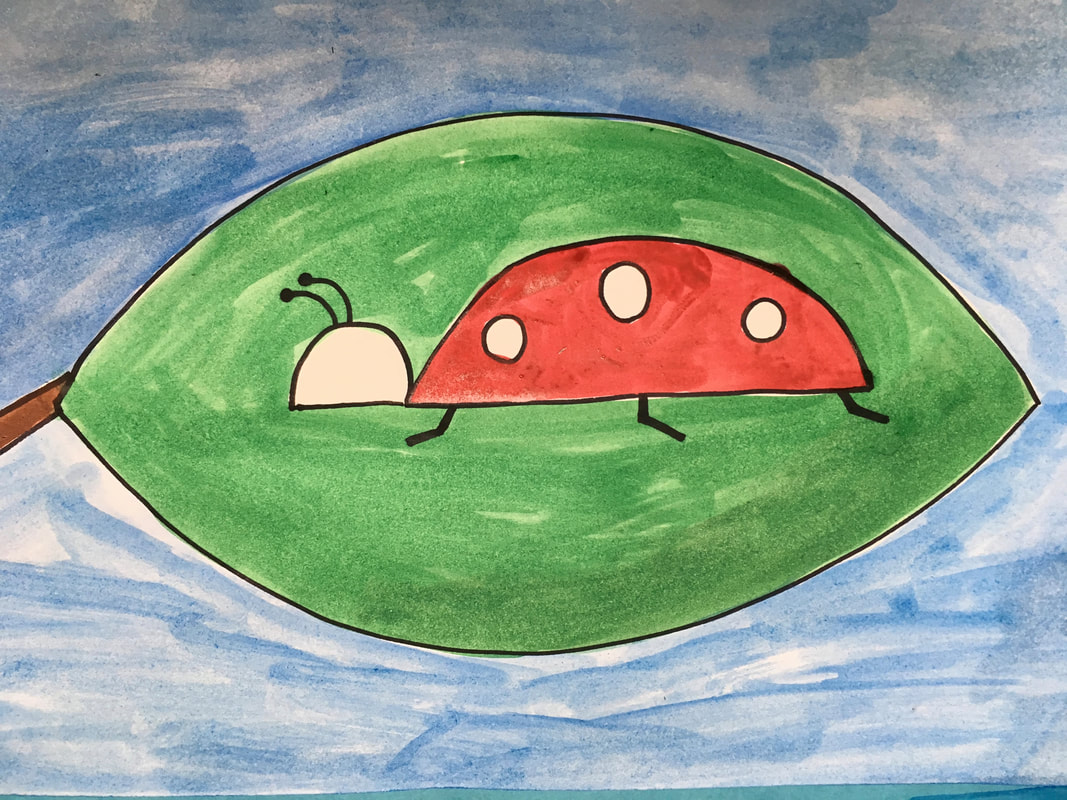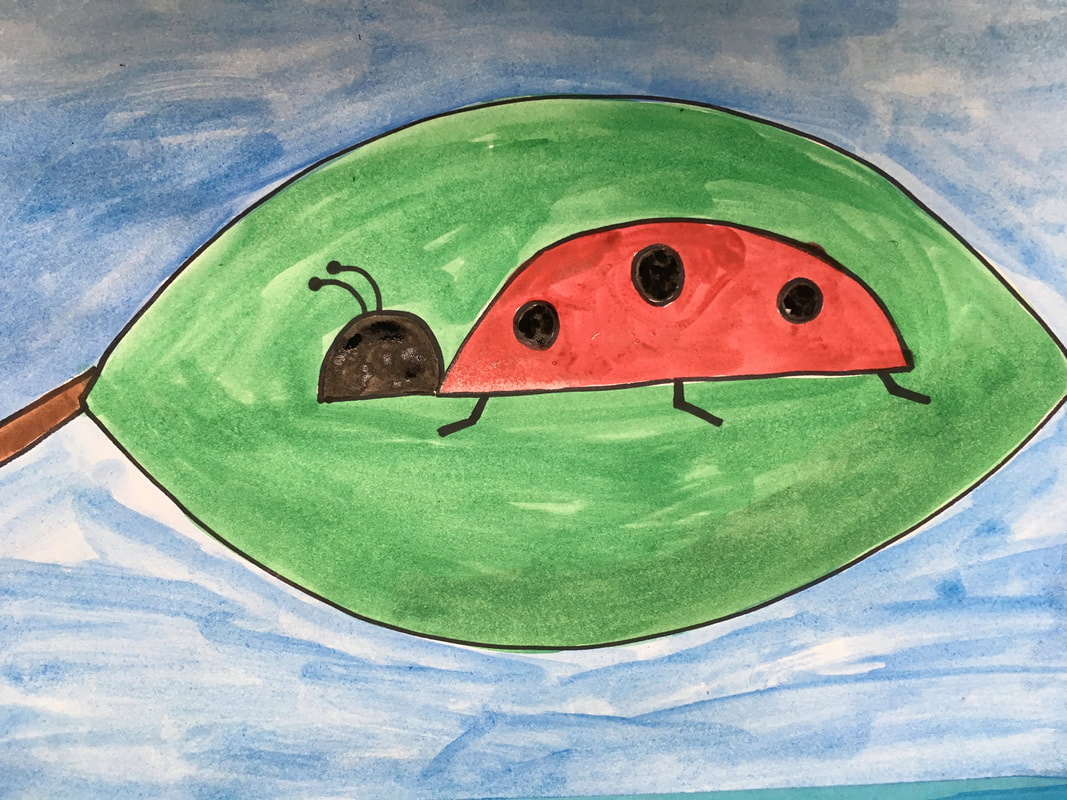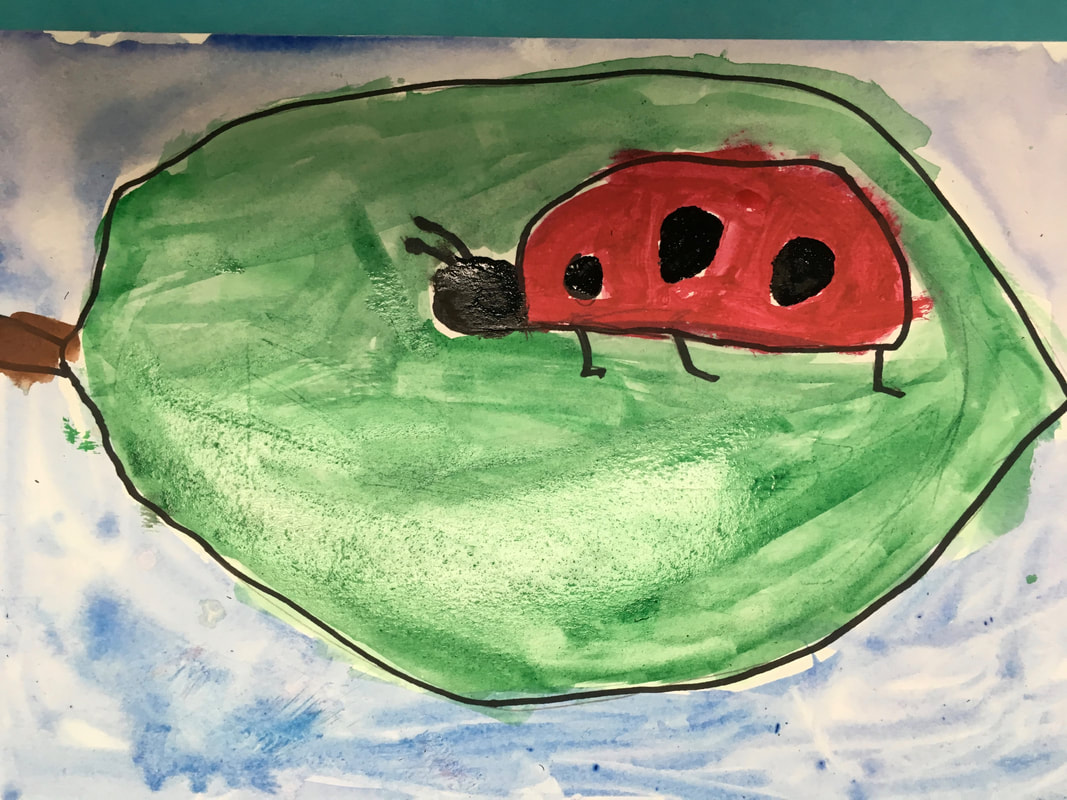how to draw ladybug
Learn to draw a ladybug, sitting on a leaf. The examples below are from a K/1 class. Lesson includes easy to follow step-by-step instructions with a child's project shown completed.
Scroll down to find:
Scroll down to find:
- photographs of ladybugs 4 reference
- step-by-step instructions with pictures of the project
- a lesson plan (including California State Visual Art Standards)
ladybug references
Typical red with black spots is shown, as well as alternative types of ladybugs.
Easy to follow instructions below;
objective
Students will be able to recognize + illustrate a profile of a ladybug on a ;leaf. Students will have knowledge of how to properly use watercolor + care for the materials. Students will be able to daw + outline + paint a final art piece.
materials
- 9"x12" white watercolor paper
- watercolors
- cups /containers for water
- paper towels or rags
- watercolor brushes
- pencils
- erasers
- black permanent markers or black crayons
instructions
- show students the photographs of actual ladybugs.
- explain to students that they will illustrate the side view of a single bug
- explain how to properly care for + proper use of watercolors + brushes
- dip brush in water prior to using cake type watercolors
- students should gently roll the brush in the color desired
- the more water, the lighter the color + the less water, the longer roll to a brush in color, the darker the color
- follow step-by-step instructions above to complete art project
- leave ample time for clean-up
- give younger students jobs for clean-up
vocabulary
- Balance - Visual equilibrium in a composition; achieved by organizing the weight and attention of all elements in an artwork. Types of balance are symmetrical, asymmetrical, radial, and crystallographic.
- Color - The visual sensation dependent on the reflection or absorption of light from a given surface. The three characteristics of color are hue, value. and intensity. Color Harmony; The use of compatible colors to help unify a composition.
- Elements of Art - Sensory components used to create works of art ; line, color, shape, texture, value, space.
- Media - Plural of medium, referring to materials used to make art; categories of art (e.g. painting, sculpture, film).
- Primary Colors - Refers to colors red, yellow, and blue. From these all other colors are created.
- Secondary Colors - Colors that are mixtures of two primaries. Red and yellow make orange, yellow and blue make green, and blue and red make violet.
- Space - An area in which objects or images can exist.
- Watercolor - Transparent pigment mixed with water. Paintings done with this medium are called watercolors.
alternative
- use an alternative art ,medium
- draw multiple ladybugs + leaves
- add other insects + flowers
- use color + deceptive spots of another type of ladybug besides the standard red with black spots (images shown above )
ca state visual arts standards
1.0 ARTISTIC PERCEPTION
Develop Perceptual Skills and Visual Arts Vocabulary
1.2 Name art materials (e.g., clay, paint, and crayons) introduced in lessons.
3.0 HISTORICAL AND CULTURAL
Understanding the Historical Contributions and Cultural Dimensions of the Visual Arts
3.2 Identify and describe various subject matter in art (e.g., landscapes, seascapes, portraits, still life)
4.0 AESTHETIC VALUING
Make Informed Judgements
4.4 Give reasons why they like a particular work of art they made, using appropriate art vocabulary.
Develop Perceptual Skills and Visual Arts Vocabulary
1.2 Name art materials (e.g., clay, paint, and crayons) introduced in lessons.
3.0 HISTORICAL AND CULTURAL
Understanding the Historical Contributions and Cultural Dimensions of the Visual Arts
3.2 Identify and describe various subject matter in art (e.g., landscapes, seascapes, portraits, still life)
4.0 AESTHETIC VALUING
Make Informed Judgements
4.4 Give reasons why they like a particular work of art they made, using appropriate art vocabulary.
